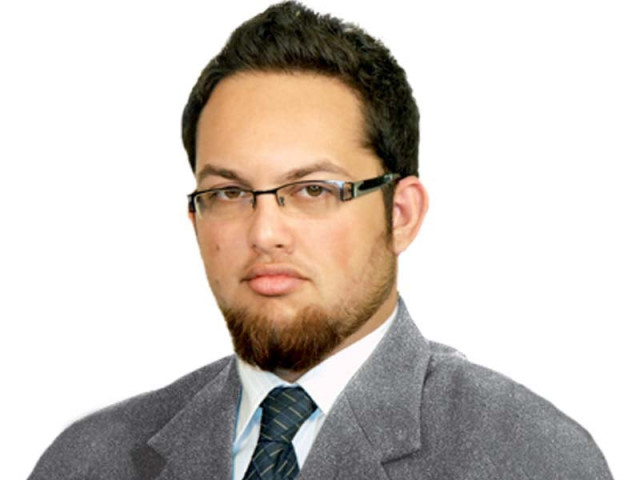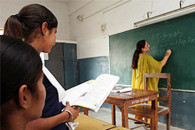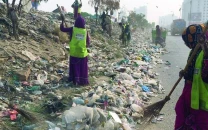Violence and insecurity keep poliovirus alive in Pakistan
According to the UN’s UNOCHA, there were 71 incidents of violence and threats against aid workers this year

The fact that poliovirus still exists in the country is an indicator of violence in society, not just neglect by authorities.
On Monday, a district coordinator of the immunisation drive, Dr Muhammad Yaqoob, was gunned down by unidentified attackers. They targeted him in Swabi district where six women polio workers were shot dead around three years ago.
While the number of polio cases has decreased from 348 last year to around 44 in 2015, attacks against vaccinators and aid workers have continued unabated.
According to the United Nation’s Office for the Coordination of Humanitarian Affairs (UNOCHA), there were 71 incidents of violence and threats against aid workers of which 51.72% were aimed at polio vaccinators. These included 31 threats.
Between December 2012 and September 2015, there have been 78 killings of people associated with the polio drive. The targets initially included the vaccinators and aid workers and were further expanded to police officials guarding the campaign.
The polio campaign epitomises the general failure to curtail violent extremism and with that the inability to eradicate poliovirus itself. While the polio debate and the politics behind it have subsided due to the decrease in cases, Pakistan and Afghanistan remain the only two countries in the world at the heart of the problem.
There are at least 12 remaining active polio reservoir areas in K-P, areas of Karachi, Balochistan and the Federally Administered Tribal Areas (Fata). The Crisis Group’s report on polio, with particular reference to Pakistan, alarmingly states there are at least 30 other districts throughout the country that are at risk of a potential spill-over from the reservoirs.
Experts believe 200 children are at risk of contracting the disease silently for every child with paralysis from poliovirus. The Acute Flaccid Paralysis (AFP) surveillance is used to report any child under the age of 15 that tests positive for polio. The methodology implemented has been to collect water samples from localities to make sure the virus does not go unnoticed. However, the larger area of Fata, where polio cases are reported consistently, still remains outside the ambit of the project mainly due to security reasons; a fact acknowledged by the report.
But why are polio vaccinators targeted? Security experts believe targeting an aid worker brings militants into the limelight and halts entire campaigns as overall security threats spread more terror than isolated incidents. In more urbanised localities, women vaccinators have refused protection because being accompanied by a policeman will make them more visible on the roam and therefore easy targets.
Such temporary and localised precautionary measures are not a permanent solution to a problem that has lasted almost a decade. Why hasn’t there been a strategy that can guarantee the safety of aid workers across the board?
The general understanding imparted to us by the people who guarantee our security is that the dynamics of a war zone are different from an everyday situation. This begs the question: why is the campaign made controversial and why does it continue to remain unprotected from the war that we are in? There is no argument on how tough the task is. Regardless, there needs to be a better solution than meandering between the two choices of saving a generation and giving up a few lives.
Published in The Express Tribune, December 2nd, 2015.



















COMMENTS
Comments are moderated and generally will be posted if they are on-topic and not abusive.
For more information, please see our Comments FAQ